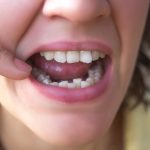When Do Baby Teeth Fall Out? A Guide to Your Child’s Dental Milestones
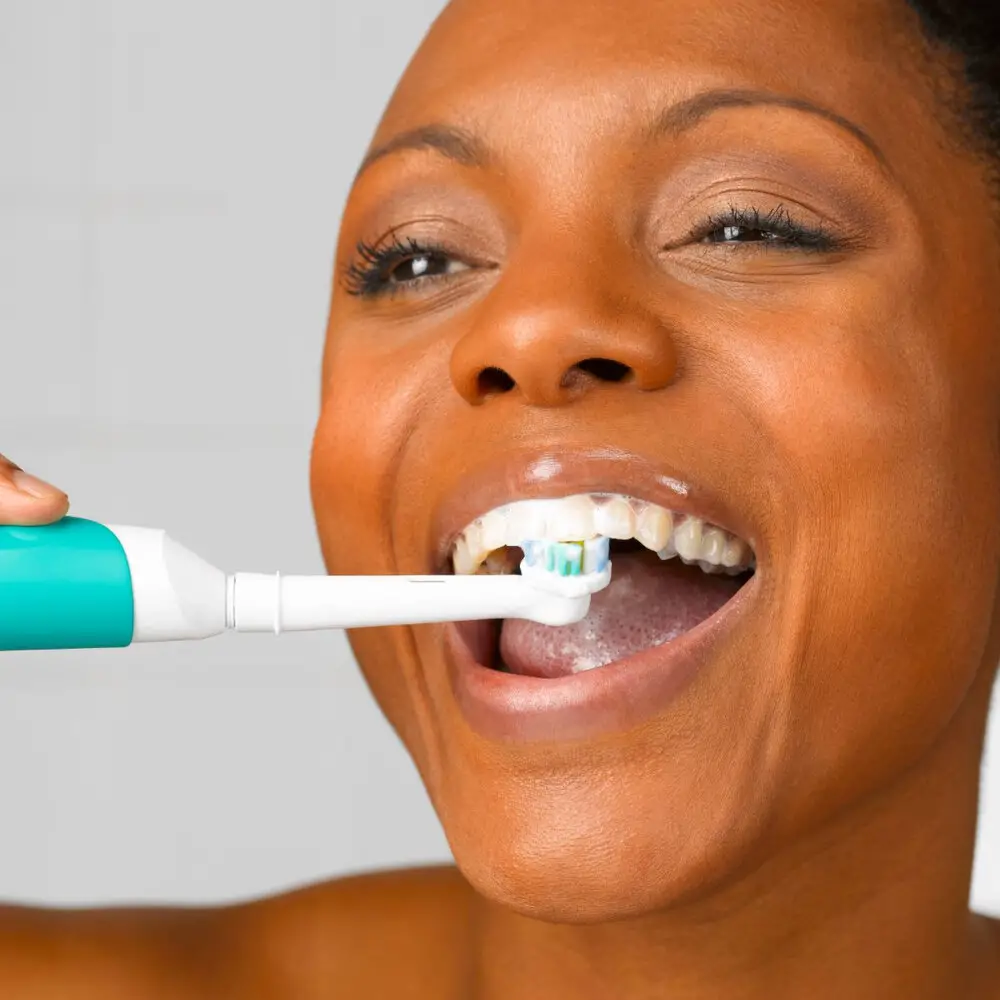
As a parent, it is essential to keep track of your child’s dental milestones, including when their baby teeth fall out. Baby teeth, also known as primary teeth, play a crucial role in a child’s oral development, helping them chew, speak, and smile. Knowing when to expect your child’s baby teeth to fall out can help you prepare and ensure that their permanent teeth come in correctly. Typically, baby teeth begin to fall out around the age of six, but the process can start as early as four or as late as eight. The order in which they fall out can also vary, but generally, the lower front teeth are the first to go, followed by the upper front teeth. As your child’s permanent teeth start to emerge, you may notice gaps in their smile, but this is a normal part of the process. Understanding your child’s dental milestones can help you support their oral health and ensure they are on track for a healthy smile.
Baby teeth, also known as primary teeth, are the first set of teeth that emerge in a child’s mouth. These teeth are usually visible by the age of six months and continue to develop until the age of three. Baby teeth serve a crucial role in a child’s development by helping them learn how to chew solid food, speak clearly, and form a healthy foundation for their permanent teeth. They also help to guide permanent teeth into their proper positions. As a result, it is important to take care of baby teeth by establishing good oral hygiene habits early on, such as brushing and flossing regularly, to ensure that they remain healthy until they naturally fall out and are replaced by permanent teeth.
The timing of baby teeth falling out can vary from child to child, but generally starts around the age of six. The first teeth to become loose and fall out are typically the lower front teeth, followed by the upper front teeth. As children continue to grow and develop, their molars and canines will also begin to loosen and fall out, making way for their permanent teeth. It’s important to note that the timing of baby teeth falling out can be influenced by factors such as genetics, nutrition, and oral hygiene habits. Parents should encourage their children to practice good oral hygiene from a young age to help ensure that their baby teeth stay healthy and fall out on schedule.
Baby Teeth Development

Baby teeth, also known as primary teeth, are the first set of teeth that develop in a child’s mouth. They typically begin to emerge between the ages of 6 and 12 months, with the lower front teeth (central incisors) usually being the first to appear. Over the next few years, the rest of the baby teeth will come in, with the final molars typically appearing by age 3. Baby teeth serve several important functions, including helping children learn how to chew and speak properly, as well as holding space in the jaw for the adult teeth that will eventually replace them. The process of baby teeth development can vary from child to child, but there are some general guidelines to follow. As the baby teeth begin to emerge, they can cause some discomfort and irritation in the gums. This is normal and can be relieved with gentle massage or a cool teething ring. As the teeth continue to grow, they will need to be cleaned regularly to prevent decay and infection. Parents should start brushing their child’s teeth as soon as they appear, using a small amount of toothpaste and a soft-bristled brush. Regular dental check-ups are also important to monitor the health and development of the baby teeth and ensure that any issues are addressed early on.
The process of baby teeth development is fascinating and complex. It begins during the prenatal period, when tooth buds start forming in the baby’s gums. Once the baby is born, these buds continue to grow and eventually emerge from the gums as teeth. The first teeth to erupt are typically the lower front teeth, followed by the upper front teeth and then the molars. As the child grows, their jaw and mouth also develop, allowing for more teeth to come in. Baby teeth are important not only for chewing and speaking, but also for holding space in the jaw for permanent teeth to come in later. As such, it’s crucial to maintain good oral hygiene and regular dental check-ups from an early age.
The timeline of baby teeth eruption is an exciting and essential aspect of your child’s growth and development. Typically, the first baby teeth, also known as primary teeth, appear around six months of age, starting with the front two bottom teeth, followed by the front two upper teeth. By the age of three, your child should have a complete set of 20 primary teeth. The primary teeth start to fall out around the age of six, making room for the permanent teeth that will grow in their place. The permanent teeth begin to appear around the age of six or seven, starting with the first molars, followed by the front teeth. By the age of twelve or thirteen, most children have all their permanent teeth, including the wisdom teeth that may grow in later. It is crucial to keep track of your child’s dental milestones to ensure proper oral hygiene and a healthy smile for years to come.
Factors Affecting Baby Teeth Timing
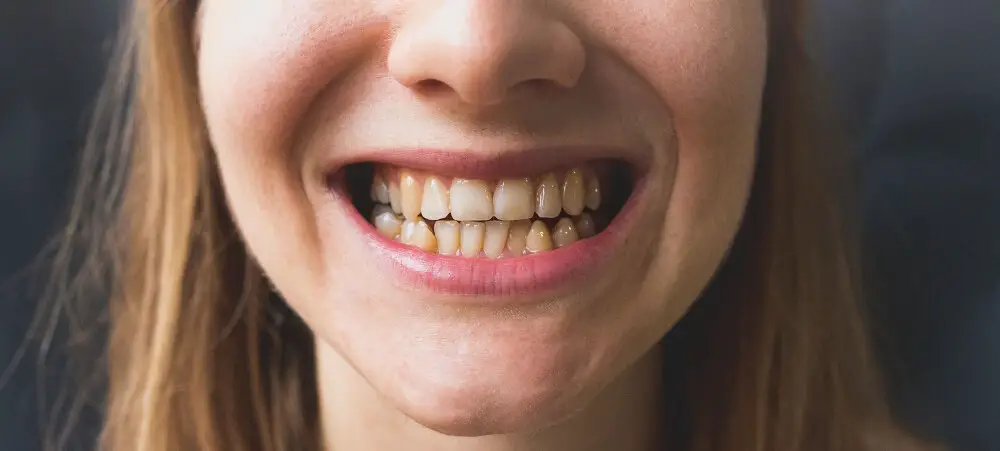
The timing of baby teeth eruption and shedding can vary from child to child. However, there are several factors that can affect the timing of baby teeth. Genetics play a significant role in determining when a child’s teeth will come in and fall out. Children tend to follow the same pattern of tooth development as their parents, so if a child’s parents had early or late tooth development, there is a higher chance their child will have the same. Additionally, some medical conditions can affect the timing of baby teeth. For instance, children with Down syndrome may experience delayed tooth eruption. Additionally, certain medications can also delay or accelerate tooth development. Nutrition and overall health can also impact the timing of baby teeth. A well-balanced diet that is rich in essential vitamins and minerals, such as calcium and vitamin D, can help ensure that teeth come in on schedule. On the other hand, poor nutrition can cause delays in tooth development. Additionally, certain health conditions, such as celiac disease, can interfere with nutrient absorption and impact the timing of baby teeth. Overall, it is important to maintain a healthy diet and lifestyle to support proper tooth development and ensure that baby teeth come in and fall out at the appropriate times.
Genetics and family history play a significant role in determining when a child’s baby teeth fall out. The age at which a child’s teeth fall out can vary depending on their genetics, as well as their family’s dental history. For instance, if a child’s parents lost their baby teeth early, it is likely that the child will follow the same pattern. Moreover, certain genetic conditions can also affect the timing of tooth loss. In addition to genetics, other factors such as diet, oral hygiene, and overall health can also impact tooth loss. Therefore, it is essential to monitor a child’s dental development closely and seek advice from a dentist if there are any concerns.
Nutrition plays a crucial role in the overall health of an individual, including oral health. Consuming a balanced diet rich in essential vitamins and minerals ensures that the body receives the necessary nutrients to support healthy teeth and gums. Calcium, phosphorus, and vitamin D are essential for the development and maintenance of strong teeth and bones. Additionally, a diet low in sugar and processed foods can help prevent tooth decay and gum disease. Encouraging healthy eating habits from a young age can help set the foundation for a lifetime of good oral and overall health.
Trauma or injury to baby teeth is a common occurrence, especially in active and adventurous children. Falls, bumps, and collisions can all cause damage to baby teeth, ranging from minor chips to more severe fractures or even complete displacement of the tooth. In some cases, trauma can also cause damage to the underlying permanent tooth, which is still developing beneath the baby tooth. If your child experiences trauma or injury to a baby tooth, it is important to seek prompt dental care to assess the extent of the damage and determine the best course of treatment.
Early loss of teeth can occur due to a variety of reasons, and it can have a significant impact on a child’s dental health. One of the most common causes is tooth decay, which can be caused by poor oral hygiene habits and a diet high in sugar. Other factors that can lead to premature tooth loss include trauma to the mouth, genetic factors, and certain medical conditions. When baby teeth fall out too soon, it can affect the development of permanent teeth, leading to orthodontic issues such as crowding or misalignment. It’s important for parents to take their child’s oral health seriously and schedule regular dental check-ups to prevent early loss of teeth and ensure proper dental development.
Signs of Baby Teeth Loosening and Falling Out

One of the most exciting milestones in a child’s dental development is the loss of their baby teeth. This process typically begins around the age of six and continues until the age of 12 or 13, when all of their permanent teeth have grown in. There are several signs that parents can look for to determine if their child’s baby teeth are starting to loosen and fall out. One of the most obvious signs is the appearance of gaps between the child’s teeth. As the baby teeth begin to loosen, they may shift and create spaces between them. This is completely normal and is a sign that the permanent teeth are beginning to grow underneath. Another sign that a child’s baby teeth are loosening is increased wiggling or movement. Children may begin to wiggle their loose teeth with their tongues or fingers, which can cause them to become even looser. As the roots of the baby teeth begin to dissolve, the teeth will eventually fall out on their own. In some cases, parents may need to gently encourage their child to wiggle the loose tooth to help it come out. It’s important to remind children not to force their teeth out or pull them out prematurely, as this can cause damage to the permanent teeth underneath.
The wiggle test is a simple way to determine if a baby tooth is loose enough to fall out. To perform the wiggle test, the child should use their tongue or fingers to gently wiggle the tooth back and forth. If the tooth moves easily, it is likely ready to fall out on its own. However, if the tooth is still firmly rooted, it is not yet ready to come out. It is important to encourage children to avoid pulling out loose teeth prematurely, as this can cause pain and bleeding. Instead, they should be patient and let their teeth fall out naturally to avoid any complications.
Pain or discomfort is a common experience when it comes to baby teeth falling out. As a parent, it’s essential to be aware of your child’s dental milestones and know when to expect their primary teeth to start wiggling and ultimately come out. While some children may experience little to no discomfort during this time, others may feel a bit of pain and soreness as their teeth loosen. It’s essential to comfort your child during this time and provide them with soft foods to eat and pain relievers if necessary. Remember that this is a natural process, and while it can be uncomfortable, your child will soon have a new set of permanent teeth to enjoy.
Bleeding or gum irritation is a common occurrence during the process of baby teeth falling out. This is because as the permanent teeth begin to push through the gums, they can cause some discomfort and inflammation. It is important to note that some bleeding or gum irritation is normal, but excessive bleeding or persistent pain may indicate a more serious issue. Parents can help alleviate their child’s discomfort by offering cold or soft foods, encouraging good oral hygiene habits, and scheduling regular dental check-ups to ensure that their child’s teeth are developing properly.
Dental Milestones for Children
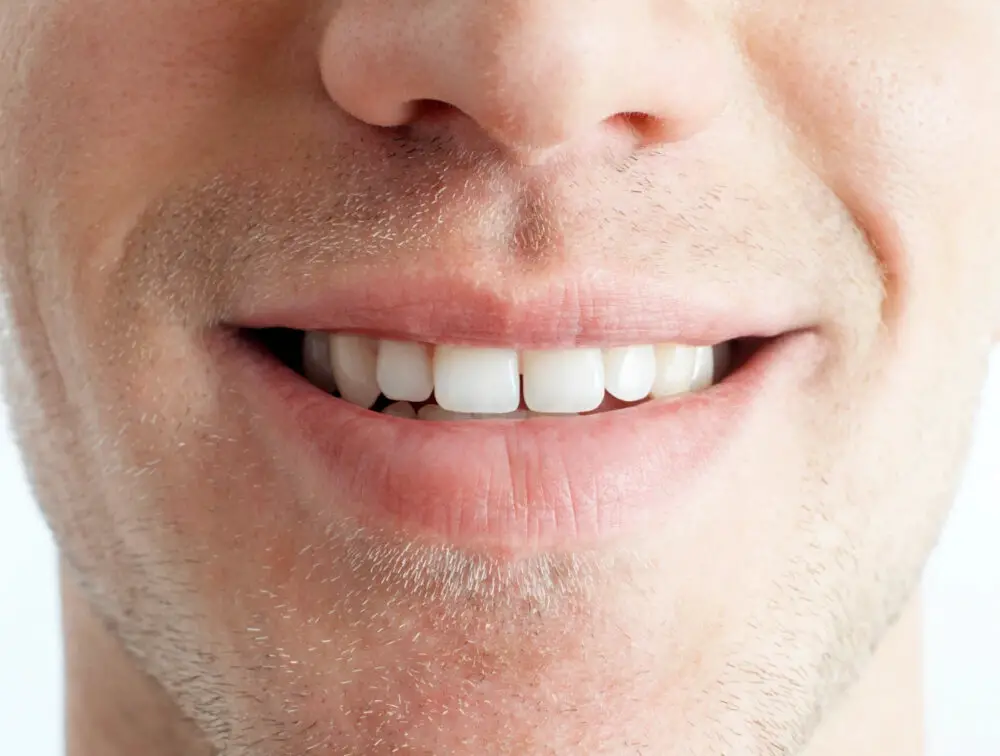
Dental milestones are crucial for children’s oral health and development. The first milestone is the eruption of baby teeth, which usually begins at six months and continues until the child is about three years old. The first teeth to appear are usually the lower front teeth, followed by the upper front teeth. As the baby teeth erupt, parents should start cleaning them by wiping them with a soft, damp cloth or using a baby toothbrush. This practice helps to prevent tooth decay and gum disease in infants. The second milestone is when the baby teeth start to fall out, making way for permanent teeth. This process usually begins around age six and continues until the child is around 12 years old. The first teeth to fall out are usually the lower front teeth, followed by the upper front teeth. The permanent teeth will then begin to grow in their place. During this time, parents should continue to encourage good oral hygiene practices, such as brushing and flossing regularly. Additionally, parents should be aware of any potential issues that may arise during this transition, such as overcrowding or misaligned teeth, and consult with a dentist if necessary. By paying attention to these dental milestones, parents can help ensure their child’s oral health is on track as they grow and develop.
The timeline for baby teeth falling out is an important part of a child’s dental milestones. Typically, the first baby teeth start to loosen and fall out around the age of 6 or 7, with the front teeth being the first to go. This process continues until all 20 baby teeth have been replaced by permanent teeth, which usually occurs between the ages of 10 and 12. However, it’s important to note that every child is different, and the timeline for baby teeth falling out can vary. Factors such as genetics, nutrition, and dental hygiene can all impact the timing of this process. Parents should remain vigilant and encourage healthy habits to ensure their child’s teeth remain healthy throughout this important developmental period.
Regular dental exams and cleanings are crucial for maintaining good oral health and preventing dental problems. Dental exams allow dentists to detect any issues early on, such as cavities, gum disease, or even oral cancer. This means that the problem can be treated before it becomes more severe and potentially more costly to fix. Additionally, dental cleanings remove plaque and tartar buildup that cannot be removed by brushing alone. This helps to prevent tooth decay and gum disease, which can lead to tooth loss and other serious health issues. Overall, scheduling regular dental exams and cleanings is an essential part of maintaining good oral health and preventing dental problems.
Baby teeth, also known as primary teeth, are the first set of teeth that develop in a child’s mouth. This process begins while the baby is still in the womb and teeth start to erupt between six months to one year of age. Generally, the lower front teeth are the first to come in, followed by the upper front teeth. By the age of three, most children will have a full set of 20 primary teeth. These teeth serve as placeholders for the permanent teeth that will eventually take their place. The timing of tooth loss can vary from child to child, but typically, the first baby teeth start to loosen and fall out around the age of six or seven. The process continues until all 20 primary teeth have been replaced by permanent teeth, which usually happens by the age of 12 or 13.
Early dental care is crucial for a child’s overall health and wellbeing. Consistent dental checkups starting from age one can help detect any issues in the teeth and gums early on, preventing more severe problems down the line. Additionally, teaching children proper oral hygiene habits from a young age can establish good habits that will benefit them throughout their lives. Neglecting dental care in childhood can lead to dental problems such as cavities, gum disease, and even tooth loss, which can affect a child’s self-esteem and ability to eat and speak properly. Therefore, parents should prioritize regular dental checkups and establish good oral hygiene habits for their children to ensure their overall health and wellbeing.
Conclusion
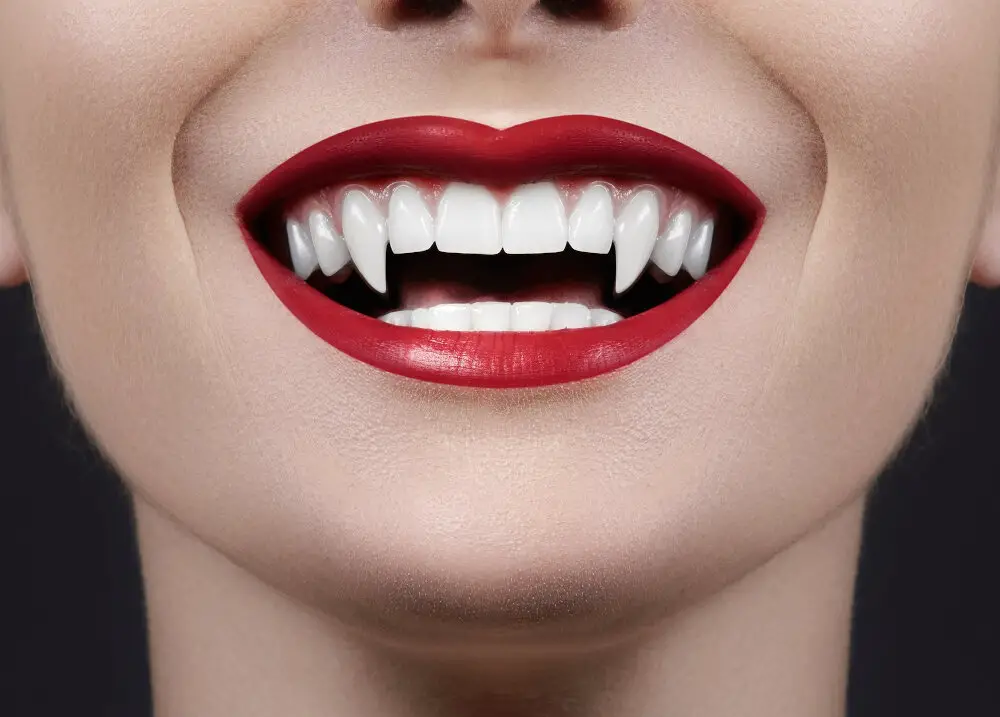
In conclusion, understanding when your child’s baby teeth will fall out is an important aspect of their dental health and development. It is a natural process that occurs differently for each child, but generally occurs between the ages of 6 and 12 years old. Keeping track of your child’s dental milestones and providing proper oral care can help ensure a healthy and happy smile for years to come. Don’t hesitate to consult with a pediatric dentist or healthcare provider if you have any concerns or questions about your child’s dental health. Remember that taking care of your child’s teeth now can lead to a lifetime of good oral health habits.







